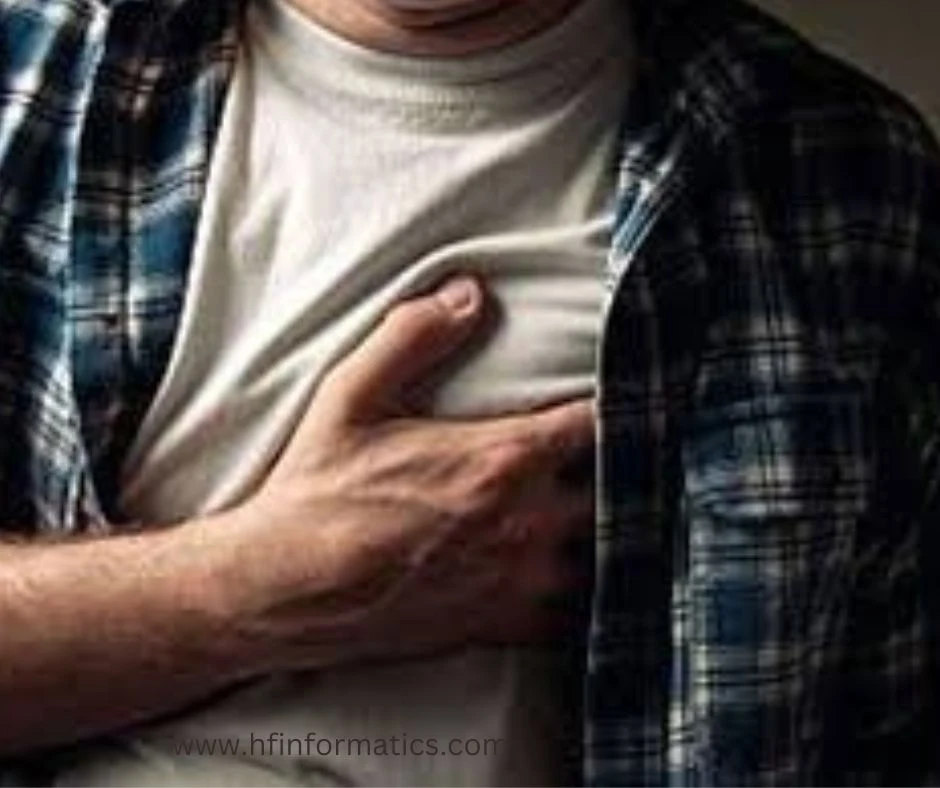Precordial catch syndrome: Causes, Symptoms, Treatment & Diagnosis
Overview
Precordial
catch syndrome is a harmless condition causing sudden, sharp chest pain, often
in children, teens, and young adults. The pain typically occurs on the left
side of your chest, lasts for a short time, and doesn't cause any changes in
the body. It may be triggered by deep breathing or movement. The cause of
precordial catch syndrome is unknown, and it usually doesn't need any
treatment. The pain usually stops in 30 seconds to 3 minutes and is the only
symptom.
What is precordial catch syndrome?
Precordial
catch syndrome also known as Texidoe’s Twinge is a risk-free condition, in
which you feel sharp stabbing pain in the left side of your chest. This
condition typically occurs in children, teenagers, and young adults.
How common is precordial catch syndrome?
Precordial
catch syndrome is believed to be a common cause of chest pain in kids, teens,
and adolescents. While the exact occurrence is not well-defined, it is
generally recognized as a relatively common and harmless condition.
Are random sharp chest pains normal?
A
stabbing pain in the chest that appears intermittently can be a sign of a heart
attack or another cardiac event, but it can also be caused by mild heartburn or
muscle strains. Certain factors can assist in identifying the cause of this
type of chest pain.
How long does this pain last?
The pain from precordial catch syndrome typically lasts for a short duration, usually ranging from, 30 seconds to 3 minutes. In some cases, people may experience the pain for up to half an hour, but once the pain lightens, they should feel normal again immediately.
Symptoms:
What are the symptoms of this syndrome?
You may
experience the following symptoms include:
- The main symptom of precordial catch syndrome is a sudden, sharp pain in the left side of the chest near the heart.
- The pain is often localized to a small area and does not radiate to other parts of the body. It may worsen with deep breathing or movement.
- People may feel lightheaded if they avoid deep breaths during the pain, but this is not a direct symptom of the syndrome.
- After the pain subsides, individuals should not experience any other symptoms.
Causes
What are the causes of precordial chest pain?
The
exact causes of precordial catch syndrome are not well understood, but health
experts hint at the following reasons for this condition.
- It is believed to be related to a pinched nerve or muscle spasm within the chest or chest wall.
- Some individuals may experience it during a growth spurt, while others may have it when they are anxious or stressed.
- Pitiable or poor posture and inactivity, such as slouching in front of the TV, may also be associated with this condition.
It is
important to note that precordial catch syndrome does not affect the heart or
lungs and is not associated with conditions in those areas.
Diagnosis
How is it diagnosed?
- If you suspect you have precordial catch syndrome, your healthcare provider may not suggest clinical tests but a physical examination in which they discuss your symptoms and medical history.
- If your healthcare provider is confident that there are no other symptoms or risk factors for another condition, further tests may not be necessary.
- If your healthcare providers are unsure or suspect another issue, they may recommend an X-ray or an ultrasound to eliminate other possible causes of chest pain.
Editor's pick
Treatment
How precordial catch syndrome is treated?
If you
have precordial catch syndrome there is no need for any pain medication or
other treatment, as it goes away itself.
How do I get rid of precordial catch syndrome?
Taking
a deep breath may cause the pain from precordial catch syndrome to go away,
even though it might be uncomfortable to breathe deeply. Additionally,
stretching or changing your posture could also provide relief and help you feel
better when experiencing this type of chest pain.
What is Texidor’s twinge?
The
term "Texidor's twinge" is used by doctors to refer to precordial
catch syndrome. It is named after one of the first doctors who studied this
condition. This term is used to describe the sudden, sharp pain experienced in
the chest, which is characteristic of precordial catch syndrome.
Why do I feel a needle poking in my heart?
Precordial
catch syndrome typically happens when a person is resting, especially when they
are slouched or bending over. Individuals often describe experiencing a sharp,
stabbing, or needle-like pain in the chest when they breathe in. The pain is
commonly felt below the left nipple.
Conclusion
Precordial
catch syndrome causes sudden, sharp chest pain in children, teens, and young
adults. The pain, typically on the left side of the chest, lasts briefly and
doesn't cause changes in the body. It may be triggered by deep breathing or
movement. The cause is unknown, and it usually doesn't require treatment.





.jpg)
Post a Comment